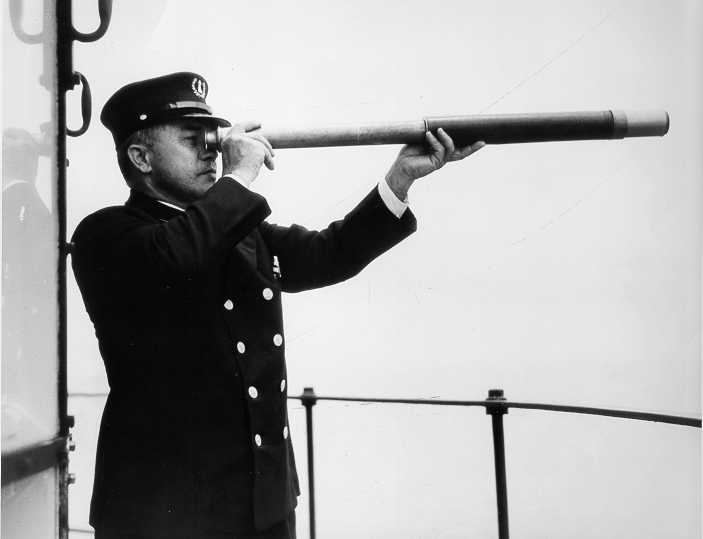 The United States Congress passed legislation to annex the Hawaiian Islands in 1898, solidifying Hawaii as a hub for American commerce and the U.S. military. The ne
The United States Congress passed legislation to annex the Hawaiian Islands in 1898, solidifying Hawaii as a hub for American commerce and the U.S. military. The ne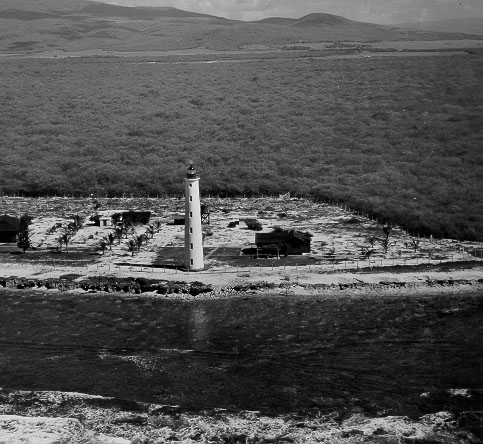 w territory proved a source for outstanding U.S. Lighthouse Service lighthouse keepers, many of whom were native Hawaiians. Among others, these native-born keepers included William Aalona, Isaac Kalua, Frederick Nihoa, John Kaukaliu, Edward Moealoha, John Kanekoa, Charles Akana, and David Kahaunaele. Perhaps the most famous of these keepers were Samuel Amalu and Manuel Ferreira.
w territory proved a source for outstanding U.S. Lighthouse Service lighthouse keepers, many of whom were native Hawaiians. Among others, these native-born keepers included William Aalona, Isaac Kalua, Frederick Nihoa, John Kaukaliu, Edward Moealoha, John Kanekoa, Charles Akana, and David Kahaunaele. Perhaps the most famous of these keepers were Samuel Amalu and Manuel Ferreira.
A service trailblazer, Samuel Amalu set the standard for his fellow lighthouse keepers. Amalu joined the Lighthouse Service in 1906 and, in 1915 he became keeper of the famous Kilauea Point Lighthouse. Built two years earlier, the Kilauea Light is the northernmost lighthouse in Hawaii and was the last manned light in the Hawaiian Islands. Kilauea guided the first transpacific aviators to the islands in 1927, and was the first American lighthouse to incorporate a radio beacon. Amalu had the longest tenure of any keeper at Kilauea serving there for 10 years. Back then, the Lighthouse Service Commissioner awarded efficiency pennants to the best-kept station in each district and Amalu earned them at Kilauea for the years 1920, 1921, and 1923. In a newspaper interview, Amalu claimed that a “lighthouse keeper is a good job. I’m my own boss. A lighthouse keeper is master of all trades. He works with pick and shovel in the garden. He is a machinist to keep the timing mechanism of the light going. And he is a carpenter, painter, and engineer.”
Renowned as Hawaii’s d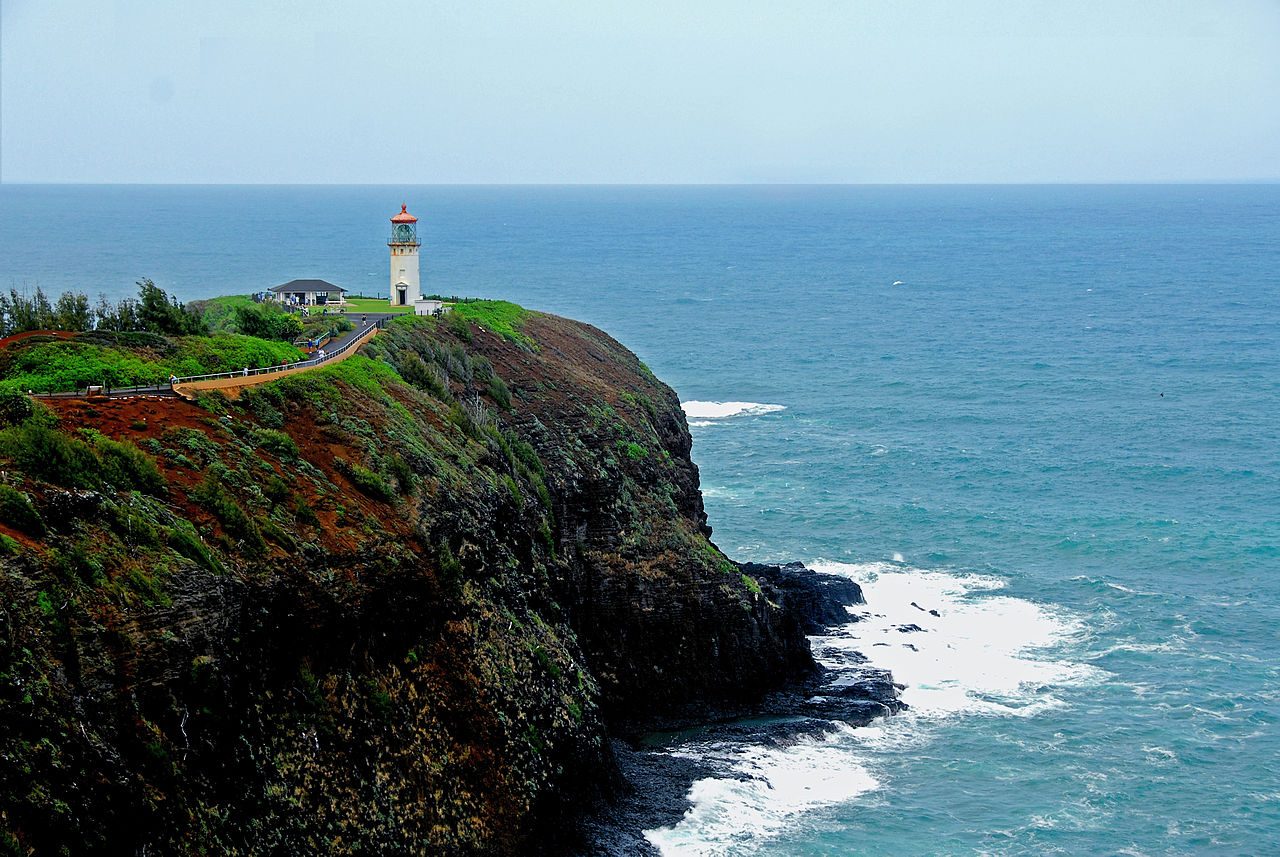 ean of lighthouse keepers, Amalu held six lighthouse assignments. He oversaw Oahu’s Barber’s Point Light twice. The second time, he served from 1929 to 1941 and, in 1933, he oversaw a new lighthouse tower erected and modern electrical generators installed. The next year, the Lighthouse Service Commissioner awarded Amalu the efficiency pennant due to
ean of lighthouse keepers, Amalu held six lighthouse assignments. He oversaw Oahu’s Barber’s Point Light twice. The second time, he served from 1929 to 1941 and, in 1933, he oversaw a new lighthouse tower erected and modern electrical generators installed. The next year, the Lighthouse Service Commissioner awarded Amalu the efficiency pennant due to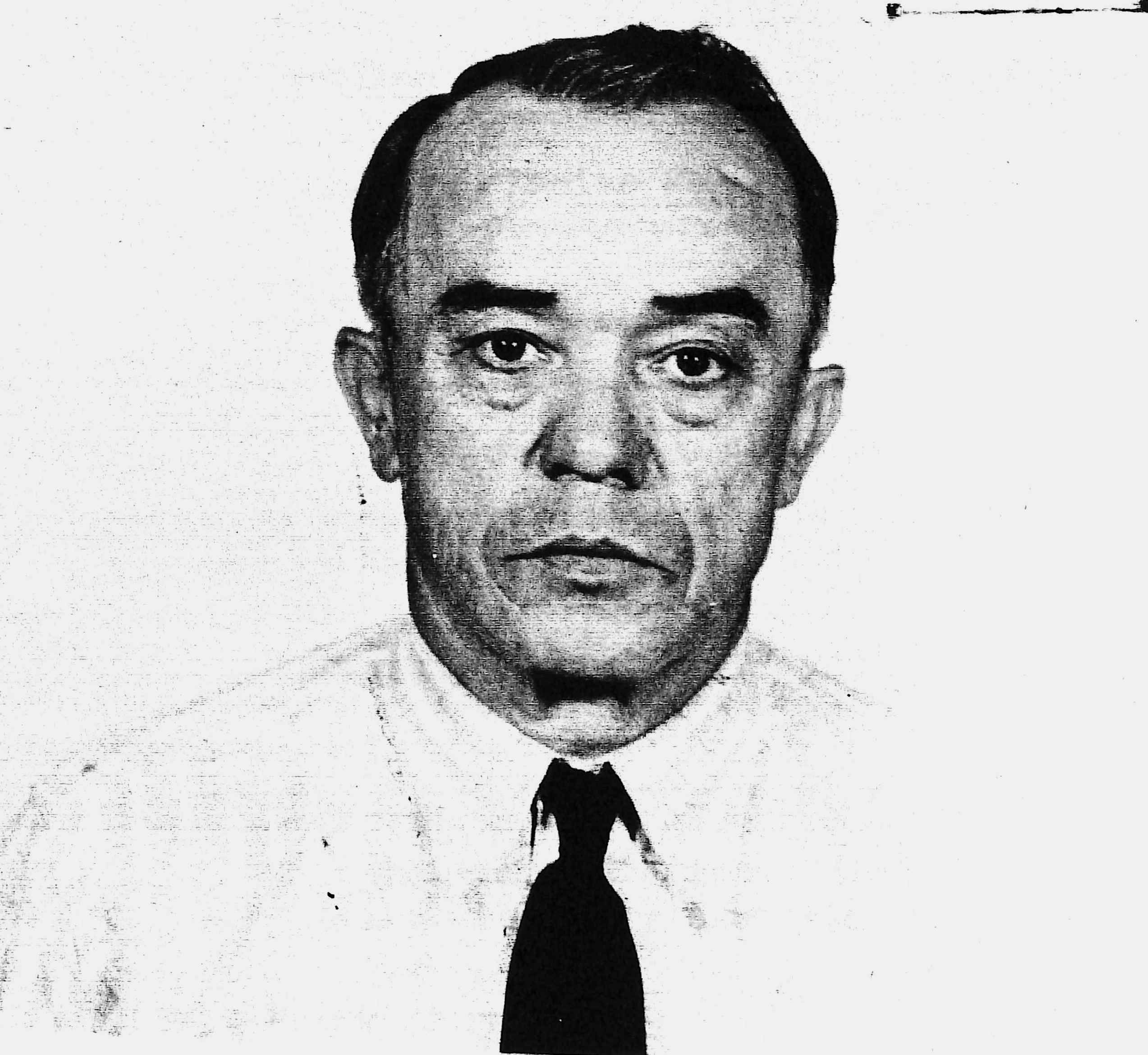
the fact that during this period his wife was critically ill, being confined to her bed by an incurable illness which culminated in her death in the latter part of the year. Also Barbers Point Light Station was made a one-keeper station on January 18, 1934, and the station is located on a large reservation. The efficient rendering of his duties under all these conditions by keeper Amalu is worthy of the highest praise.
Having served over 35 years (thirteen of them at Barber’s Point), Amalu retired in 1941 from the U.S. Coast Guard, which had absorbed the Lighthouse Service in 1939.
Manuel Ferreira was born on the island of Maui in 1885, and began his career with the Lighthouse Service in 1908. In 1919, he rescued the crew of a Japanese trawler that ran aground near the Barber’s Point Light. In addition, in 1923, he helped save the schooner Bianca and its crew after the ship lost its sails and drifted onto a reef. Ferreira was unable to launch his lighthouse skiff due to heavy surf, so he sprinted three miles to the nearest telephone and called for help. A U.S. warship reached the wallowing schooner in time to tow it off the reef and out of danger.
Known as one of the grand old men of Hawaiian lighthouse lore, Ferreira served as the keeper of seven Hawaiian lighthouses, including Kauiki Head Lighthouse on the island of Maui and Molokai Lighthouse on Molokai. He also served as the keeper of Makapu’u Light on Oahu from 1929 to 1942 and received efficiency pennants half-a-dozen times during that period. In 1941, after a dozen years as Makapu’u’s keeper, the Coast Guard officer overseeing lighthouse operations in Hawaii wrote, “Mr. Ferreira has had the reputation of being one of the best Lighthouse Keepers in the Honolulu District during the past twenty years.” Ferreira retired in 1946 after serving nearly 30 years as a lighthouse keeper.
Travelers visiting Hawaii admire the beauty of the state’s lighthouses and their picturesque surroundings. However, these structures are hollow reflections of the native Hawaiians who stood the watch through good times and bad. As members of the long blue line, they helped build the history and heritage of the United States Coast Guard.
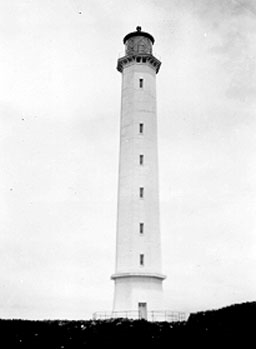 |
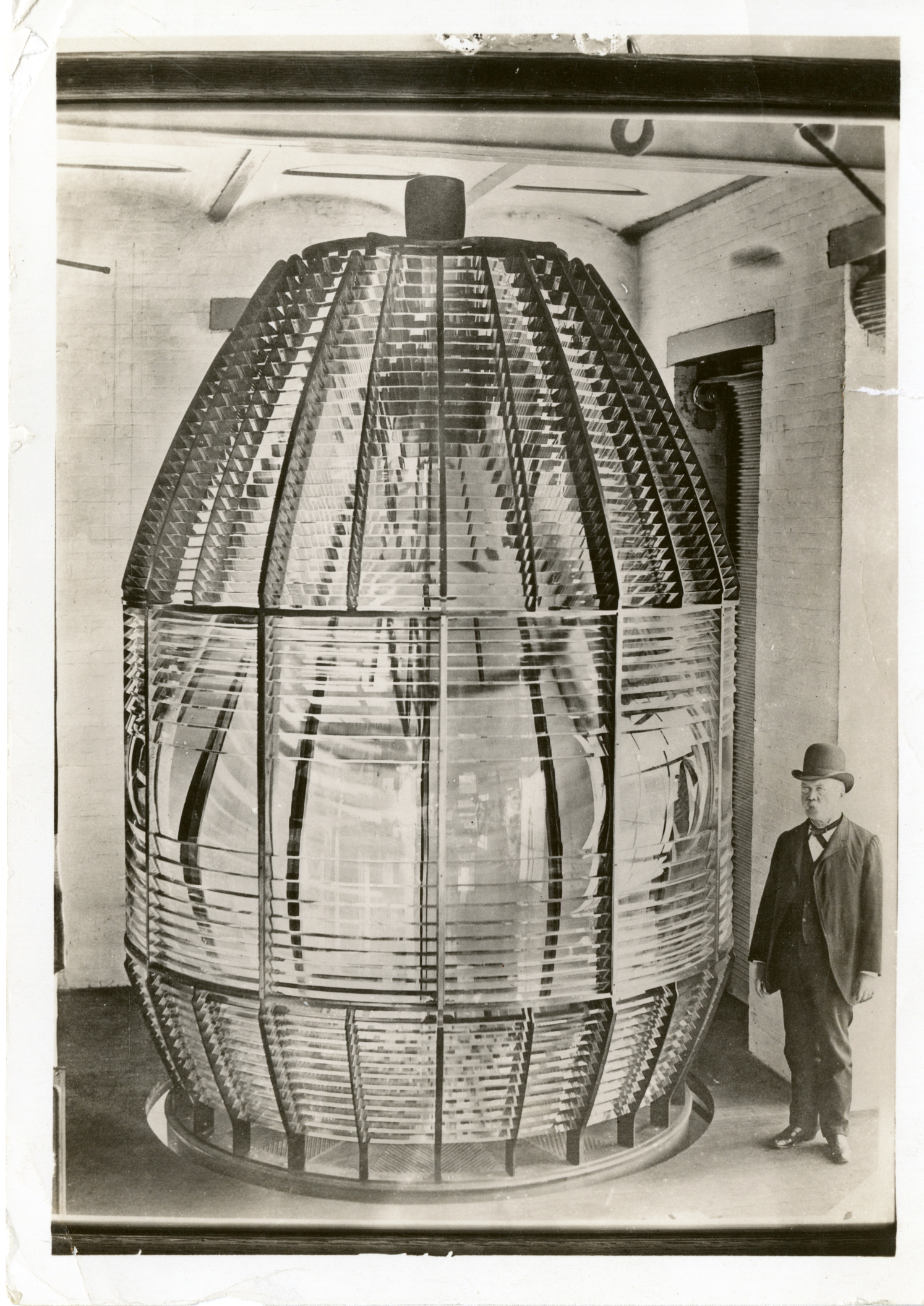 |
|
The Moloka’i Lighthouse, one of seven lights
that Manuel Ferreira kept during his nearly 30-year
career.(U.S. Coast Guard Collection)
|
Vintage photograph of the magnificent first
order lens at Makapu’u Lighthouse, which
was maintained by Manuel Ferreira
for 13years.
(U.S. Coast Guard Collection)
|